
Provide Alternatives to Written Response with Flipgrid
Allow students to speak their words as an alternative to writing in the classroom with Flipgrid. Example: A student that... View Article

Provide Visual Reminders for Concepts Mastered in Isolation
Using a visual reminder of a skill mastered in isolated practice to other areas of student work can be a... View Article

Provide Students Modified Worksheets When Needed
Some students benefit from modified worksheets that have diversified displays and content to meet their needs. Consider building in scaffolds... View Article
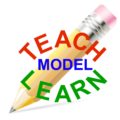
Provide Models for Math Computation
When students are learning a new strategy for solving a math computation problem, include a model of a completed problem... View Article
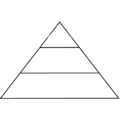
Create Graduated Learning Objectives
Provide tiered learning objectives at different levels for what students will learn. Example: In a unit about a historical event,... View Article
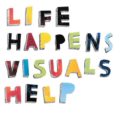
Pair Text with Visuals to Increase Comprehension
When students are early readers they use pictures to support understanding of the text; Informational texts and adolescent novels rarely... View Article

Create Student Portfolios for Reflection
Instead of passing back graded work to take home, have students reflect on their graded work with a portfolio. Example:... View Article

Give Students a Tic-Tac-Toe Assessment
Students can be given options to display their mastery of content material, allowing students to choose from a series of... View Article

Use Sentence Starters to Prompt Writing and Discussion
Students will often benefit from sentence starters in order to guide their organization, jump start their thinking, or promote positive... View Article

Prove Understanding with Student Self-made Quiz
Give students the opportunity to show what they know by creating their own quizzes at the end of a unit,... View Article

Personalize Vocabulary with Rating Scales
Instead of giving students a list of words to learn each week, allow students to select their own vocabulary words... View Article

Offer Choice Among Readings
When teaching in a content area, consider using several text options that touch on the same topic and allow your... View Article
Increase Choice Through Learning Menus
When asking students to meet an objective, give them options for work products with learning menus. Example: When reading a shared... View Article

Hold Grading Conferences to Provide Feedback
Instead of (or in addition to) passing graded papers back to students, hold short grading conferences with each student to... View Article

Use “Listen for…” Cards
“Listen for…” cards during instruction can be used to highlight important points for students or to help a student sustain... View Article

Invite Students to Self- and Peer-Assess
Students can be taught how to use evaluation criteria to critique, give feedback, and reflect on their own and peer’s... View Article

Install Plugins for Chrome that Customize Display
Google Chrome offers free plugins that allow users to customize the display of text and images, allowing greater access to... View Article

Use Concept Maps to Assess Before Instruction
Teachers can assess student awareness of concepts and key terms before beginning instruction by asking students to map out the... View Article
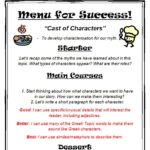
Create a Menu of Activities
Students benefit from choice during work periods and break periods to increase self-regulation, provide autonomy and encourage cooperation. Example: Provide... View Article

Assign Group Work Roles
During Collaborative Group Work assigning students roles will maximize their strengths and allow students to feel less threatened if they... View Article

Optimize Authenticity
Students benefit when tasks have an impact or actionable purpose. Consider relevant topics and audiences by subject area. Example: In... View Article
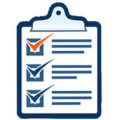
Task Oriented Checklists
Use task checklists with students to demystify lesson objectives and help them track their progress. Example: Provide student with a... View Article
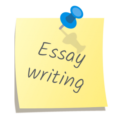
Make Tasks Active
Use active materials or content to increase engagement and comprehension of the task. Example: When writing a non-fiction article, a... View Article

Allow Students to Order Their Tasks
During a period, students can order tasks that need to be completed in order of preference; this promotes interest and... View Article

Use of a Timer
Students may benefit from a timer for a variety of reasons, including motivation, self-regulation, and attention to task. Example: A... View Article